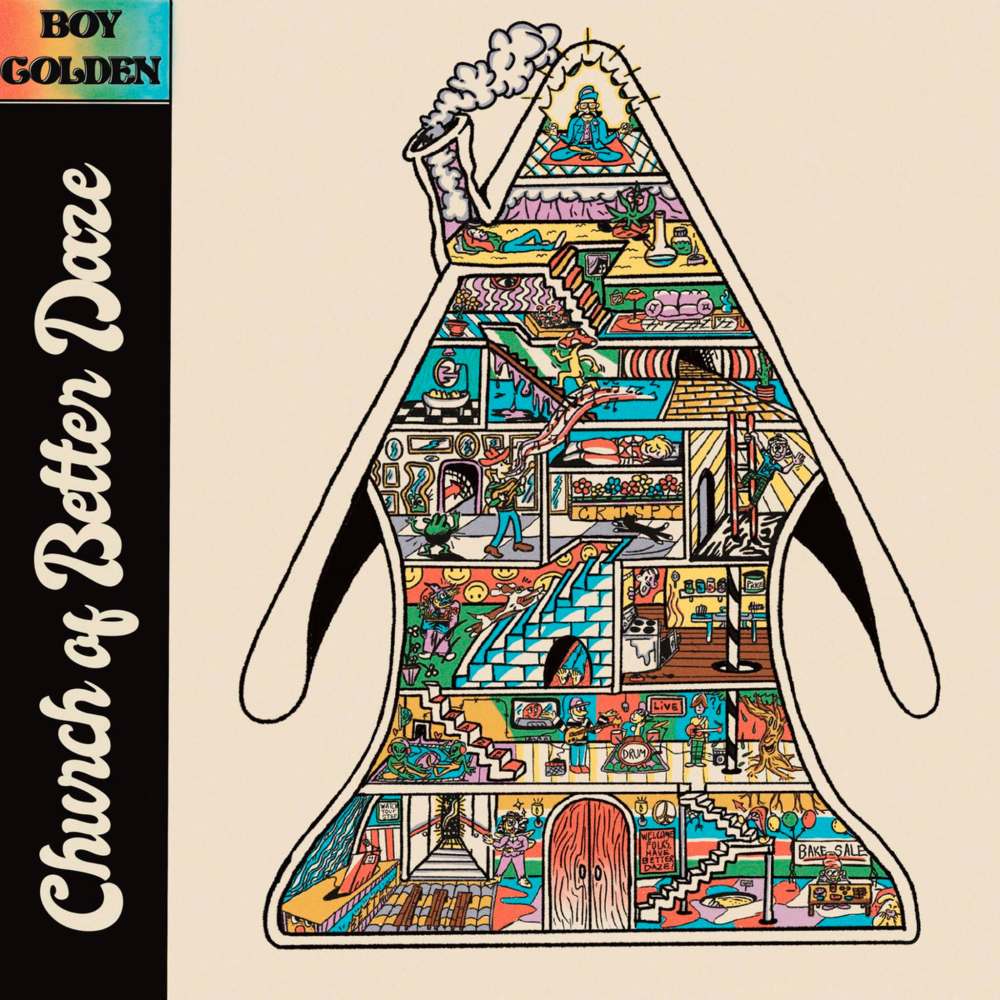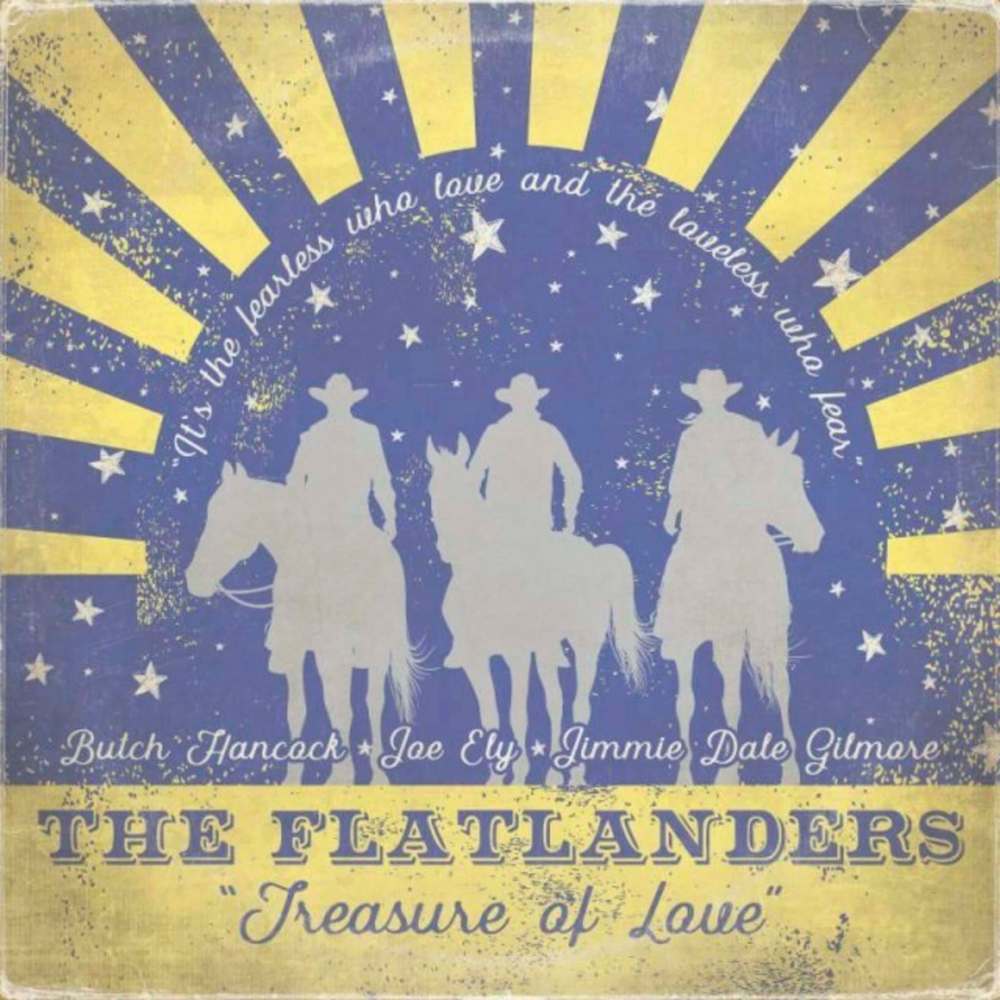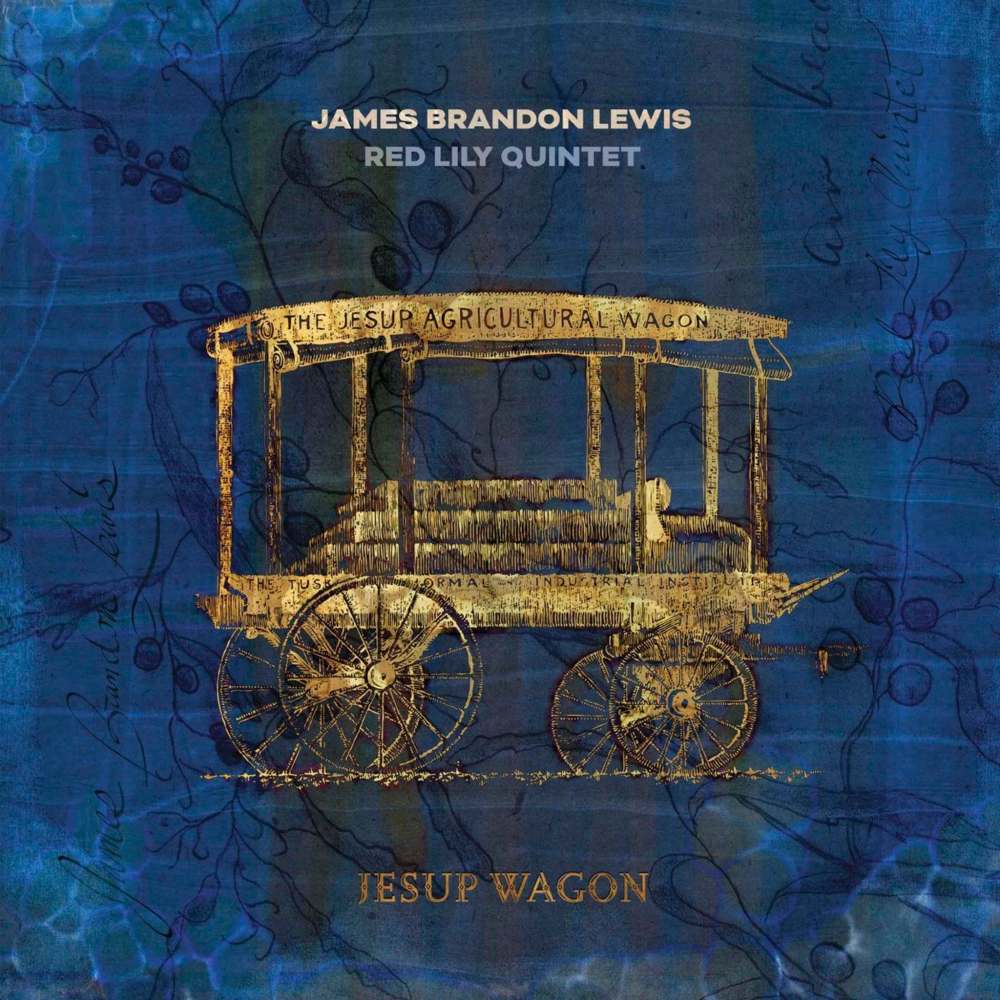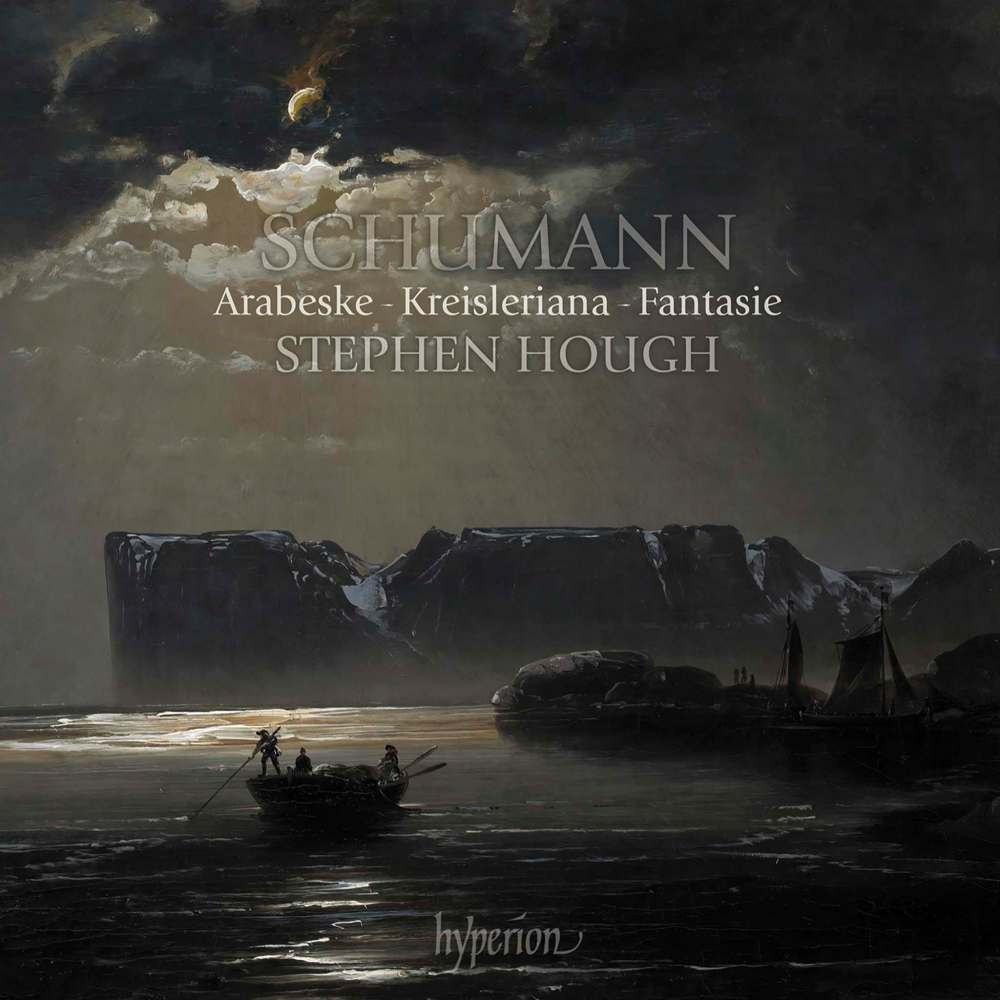New music
Reviews of this week's CD releases
Advertisement
Read this article for free:
or
Already have an account? Log in here »
To continue reading, please subscribe:
Monthly Digital Subscription
$1 per week for 24 weeks*
- Enjoy unlimited reading on winnipegfreepress.com
- Read the E-Edition, our digital replica newspaper
- Access News Break, our award-winning app
- Play interactive puzzles
*Billed as $4.00 plus GST every four weeks. After 24 weeks, price increases to the regular rate of $19.00 plus GST every four weeks. Offer available to new and qualified returning subscribers only. Cancel any time.
Monthly Digital Subscription
$4.75/week*
- Enjoy unlimited reading on winnipegfreepress.com
- Read the E-Edition, our digital replica newspaper
- Access News Break, our award-winning app
- Play interactive puzzles
*Billed as $19 plus GST every four weeks. Cancel any time.
To continue reading, please subscribe:
Add Free Press access to your Brandon Sun subscription for only an additional
$1 for the first 4 weeks*
*Your next subscription payment will increase by $1.00 and you will be charged $16.99 plus GST for four weeks. After four weeks, your payment will increase to $23.99 plus GST every four weeks.
Read unlimited articles for free today:
or
Already have an account? Log in here »
Hey there, time traveller!
This article was published 29/07/2021 (1533 days ago), so information in it may no longer be current.
ROOTS
Boy Golden
Church of Better Daze (Six Shooter Records)
Liam Duncan is a Winnipeg-based, Brandon-raised singer/songwriter/producer who first broke onto the local scene as a member of Middle Coast, released a solo album in 2019, then took a step back to focus his efforts on making music that brings joy to himself and others.
Boy Golden is thus not so much an alter-ego as it is his id given room to roam. Church of Better Daze is the manifestation of this journey, a “congregation” whose basic tenet is that making each day better than the last is a righteous campaign (see churchofbetterdaze.com for more). Filling out the concept, Boy Golden himself is a porn-stached stoner with a mullet and lemon-yellow lounge suit.
So what does this sound like? As performed by singer/guitarist/keyboardist Duncan and fellow travellers Roman Clarke on drums and Kris Ulrich on guitar and bass (among others), Boy Golden’s overarching vibe is a warm and pot-smoke hazy strain of roots and blues, country and Americana. The songs are guitar-based, the beat is loping and sound is filled out by high-toned country six-strings, pedal steel, fiddle, banjo — even the good ol’ saw.
The lyrics, meanwhile, are where Boy Golden preaches his gospel. Opening cut KD and Lunch Meat envisions the life of freedom that may be possible for the song’s loving couple “if we eat really cheap.” Something to Work Towards similarly dreams of fulfilment that doesn’t involve material trappings; A Little Space is a bouncy paean to lost youth and the title track is a joyous celebration of the herbal sacrament and the communion of friendship, shared music and following one’s heart.
Because this is a roots album there are some hurtin’ tunes, too, but even these are more nostalgic and wistful than angry and spiteful. To Be You, Tonight, a duet with Ottawa’s Leith Ross, is truly sweet and, just one song before that track closes the album, the Boy earns himself bonus points with his rendition of Tom T. Hall’s The Year that Clayton Delaney Died. ★★★★ out of five
STREAM THESE: KD and Lunch Meat, Church of Better Daze, To Be You, Tonight
— John Kendle
ROOTS / COUNTRY
The Flatlanders
Treasure of Love (Rack ‘em Records)
The three principal members of the Flatlanders all developed critically acclaimed solo careers in the time between the recording of their debut album, in 1972, and its eventual release, in 1990 (long story).
Since then, the West Texas natives have periodically melded their distinct talents — Butch Hancock the dazzling, Dylanesque wordsmith; Joe Ely, the Buddy Holly-inspired rock and roll dynamo; and Jimmie Dale Gilmore, the country classicist with the vintage warble — to create music that is an extension of their individual styles but still stands apart as a new whole.
Treasure of Love, their first album in 12 years, not only highlights the Flatlanders’ still-potent chemistry but also reveals them to be as vital-sounding as ever. Hancock contributes three quintessentially Butch numbers and Ely one, but unlike previous Flatlanders records, the bulk of the material is non-original. If they don’t always make the selections their own, they bring an abiding affection and deep understanding to works by, among others, Dylan and Cash, Ernest Tubb, and George Jones (the title track), and songwriters’ songwriters such as Townes Van Zandt and Mickey Newbury.
As usual, the Flatlanders alternate by track on the lead vocals. Fittingly, however, they go out trading verses on a propulsively rocking version of Sittin’ on Top of the World, as if to put extra emphasis on their enduring bond.
Lloyd Maines, who co-produced with Ely, is instrumental, so to speak, in giving the record its crackling energy, thanks to his contributions on steel guitar and dobro as well as electric and acoustic guitars. But it’s ultimately Hancock, Ely, and Gilmore who give Treasure of Love its substantial soul. ★★★1/2 out of five
STREAM THESE: I Don’t Blame You, Sitting On Top of the World
— Nick Cristiano, Philadelphia Inquirer
JAZZ
James Brandon Lewis
Jesup Wagon (Tao Forms)
Tribute albums are not rare in jazz. This one, however, is in a class by itself. Saxophonist James Brandon Lewis has been a lifelong student and follower of the ideas and visions of African American giant Dr. George Washington Carver (1864-1943). Carver was an extraordinary man who was an accomplished artist, botanist, musician, composer, intellectual, ecologist and teacher. To carry scientific knowledge to poor southern farmers, Carver developed a travelling school. With the help of a financier named Morris Jesup, the Jesup Wagon, a mobile science and experiment station, was built in 1906. Carver’s painting of it is on the album cover.
Lewis’s album is a striking tribute on many levels. It blends “old” and “new”; from retro-sounding New Orleans and African riffs to Coltrane-like note clusters and arpeggios. The band — the Red Lily Quintet — features Kirk Knuffke on cornet, William Parker on bass, Chris Hoffman on cello and Chad Taylor on drums. All compositions are Lewis’s with a clear message that reflects Carver’s artistry and his belief in the inter-relatedness of the arts with science.
Titles are all focal points of Carver’s influence — Arachis (a botanical genus), Experiment Station (the project itself), Chemurgy (the use of agricultural materials in industrial production, a movement Carver founded in the 1930s), and of course the title track. Lewis adds short poems he has written on several tracks to expand the meanings. The liner notes express a deep affection and respect for Carver from someone who first learned of him as a child.
Jesup Wagon begins with solo tenor and builds powerfully as all join in. The pattern of a fairly melodic beginning moving into complex or dissonant “discussions” marks the album; the rhythms frequently call up that of a horse moving the wagon from place to place. The impact is serious, heartfelt and moving. A truly powerful tribute to an extraordinary man. ★★★★1/2 out of five
STREAM THESE: Fallen Flowers, Experiment Station
— Keith Black
CLASSICAL
Stephen Hough | Robert Schumann
Arabeske, Kreisleriana & Fantasie (Hyperion)
British pianist Stephen Hough treats listeners to the music of Robert Schumann with this upcoming fall release, Hyperion’s September Record of the Month.
Acclaimed for his sublime artistry and expansive approach to the keyboard, the beloved musician launches his program with Arabeske in C Major, Op. 18, which immediately sets the tone for the album’s two cornerstones.
The first of those is Kreisleriana, Op 16, regarded among the Romantic composer’s greatest works penned over four days in 1838, in turn comprised of eight tightly compressed musical fantasies. Hough ably captures their kaleidoscopic, often mercurial nature, that whipsaw between a driving opener, Äußerst bewegt, nimble Sehr lebhaft, and a brilliantly executed Sehr rasch, contrasted by the pair of Sehr langsam movements that display his luminous tone and artful voicing.
The second principal work is Fantasie in C major, Op 17, originally dated 1836 and dedicated to Franz Liszt. Once again, its three movements prove no match for Hough’s bravura, underpinned by his own virtuosic technique. After his elegant rendering of the opening movement, followed by a more declamatory central section recalling the grand optimism of Carnival, Op. 9, the pianist invites listeners to plunge into more introspective depths during the work’s finale, Langsam getragen: Durchweg leise zu halten. Hough clearly has a larger vision in mind during this roughly 10-minute selection, carefully pacing his lyrical performance through its ebbs and flows until reaching more peaceful, final shores — only making one long to set sail with this wonderfully expressive musician again. ★★★★ out of five
STREAM THIS: Langsam getragen: Durchweg leise zu halten from Schumann’s Fantasie in C major, Op 17
— Holly Harris





